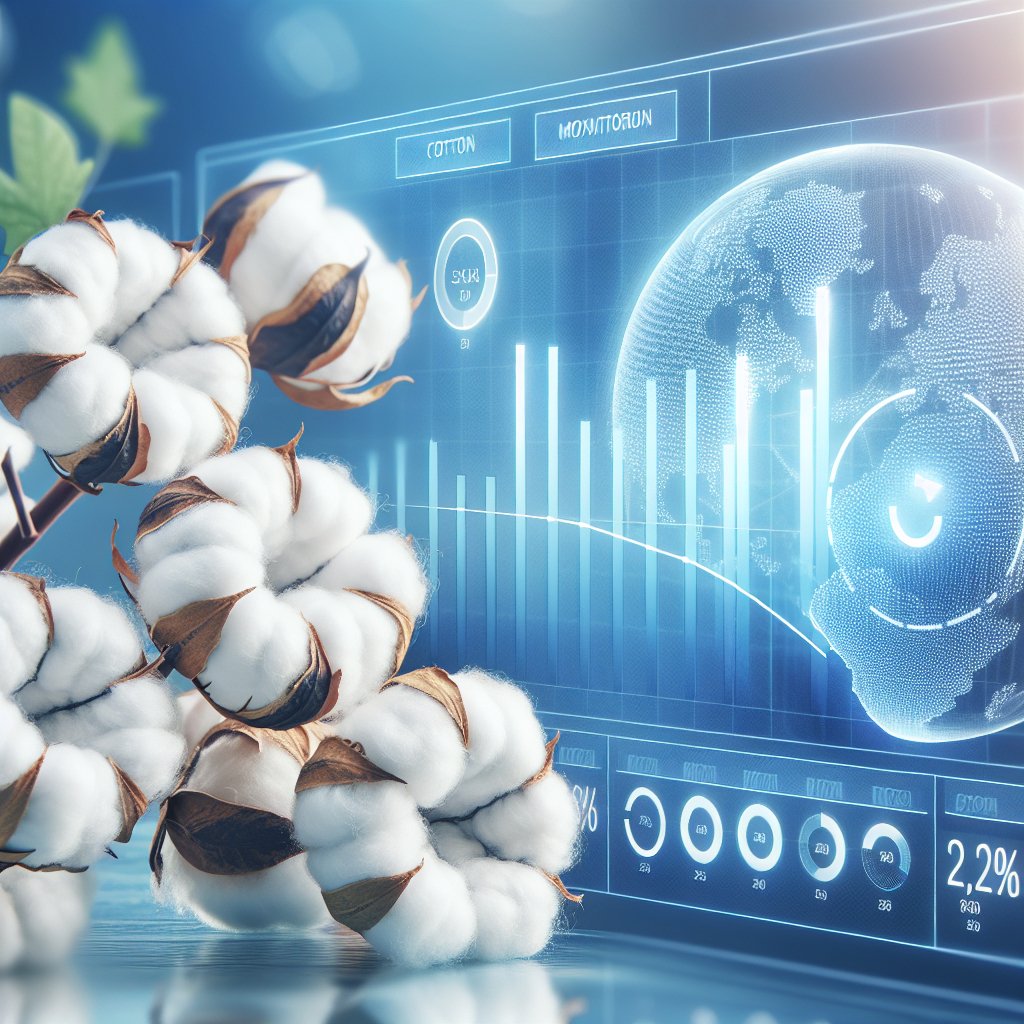The fluctuations in cotton prices on global markets have significant implications for both producers and consumers alike. As one of the most widely used natural fibers in the world, cotton plays a crucial role in the textile industry and agricultural economies. Understanding the factors that influence cotton prices is essential for stakeholders, including farmers, manufacturers, and policymakers. This article delves into the dynamics of cotton pricing, examining the various elements that contribute to its volatility and the broader economic context in which these changes occur.
Factors Influencing Cotton Prices
Cotton prices are influenced by a myriad of factors, ranging from supply and demand dynamics to geopolitical events. Understanding these factors can provide insights into market trends and help stakeholders make informed decisions.
Supply and Demand Dynamics
The fundamental economic principle of supply and demand is a primary driver of cotton prices. When demand for cotton increases, prices tend to rise, and conversely, when supply outstrips demand, prices may fall. Several elements contribute to these dynamics:
- Global Demand: The demand for cotton is largely driven by the textile industry, which uses cotton to produce clothing, home textiles, and other products. Emerging markets, particularly in Asia, have seen a surge in demand for cotton products, which can lead to price increases.
- Production Levels: Cotton production is subject to various factors, including weather conditions, pest infestations, and agricultural practices. A poor harvest due to adverse weather can significantly reduce supply, leading to higher prices.
- Substitutes: The availability of synthetic fibers and other natural fibers can also impact cotton prices. If the price of polyester or other alternatives decreases, it may reduce demand for cotton, putting downward pressure on prices.
Geopolitical Factors
Geopolitical events can have a profound impact on cotton prices. Trade policies, tariffs, and international relations can all influence market stability:
- Trade Policies: Tariffs imposed on cotton imports or exports can disrupt the flow of goods and affect prices. For instance, if a major cotton-producing country faces trade restrictions, it may lead to a decrease in global supply and an increase in prices.
- Political Stability: Political unrest in key cotton-producing regions can disrupt production and supply chains. For example, conflicts in countries like India or Pakistan, which are significant cotton producers, can lead to uncertainty in the market.
- Currency Fluctuations: The strength of the US dollar, in which cotton is often traded, can also affect prices. A stronger dollar can make cotton more expensive for foreign buyers, potentially reducing demand.
Market Trends and Future Outlook
Analyzing current market trends and forecasting future cotton prices is essential for stakeholders in the agricultural and textile industries. Various indicators can provide insights into potential price movements.
Technological Advancements
Advancements in agricultural technology are transforming cotton production. Innovations such as genetically modified organisms (GMOs), precision agriculture, and improved pest management techniques can enhance yield and reduce costs:
- Genetic Modification: The development of genetically modified cotton varieties that are resistant to pests and diseases can lead to higher yields and lower production costs, potentially stabilizing prices.
- Precision Agriculture: Technologies that allow farmers to monitor crop health and optimize resource use can improve efficiency and productivity, impacting supply levels.
Environmental Considerations
As sustainability becomes a more pressing concern, environmental factors are increasingly influencing cotton prices. The demand for organic cotton and sustainable farming practices is on the rise:
- Organic Cotton: The market for organic cotton is growing, driven by consumer preferences for sustainable products. This shift can lead to price premiums for organic cotton, affecting overall market dynamics.
- Water Scarcity: Cotton is a water-intensive crop, and regions facing water scarcity may see production challenges. This can lead to supply constraints and higher prices.
Global Economic Conditions
The overall health of the global economy can also impact cotton prices. Economic growth in major markets can lead to increased consumer spending on textiles, while economic downturns can have the opposite effect:
- Consumer Spending: In times of economic growth, consumers are more likely to spend on clothing and home textiles, driving up demand for cotton.
- Inflation: Rising inflation can increase production costs, which may be passed on to consumers in the form of higher prices for cotton products.
Conclusion
The cotton market is complex and influenced by a variety of factors, including supply and demand dynamics, geopolitical events, technological advancements, environmental considerations, and global economic conditions. Understanding these elements is crucial for stakeholders in the agricultural and textile industries. As the world continues to evolve, so too will the factors that influence cotton prices, making it essential for producers, manufacturers, and policymakers to stay informed and adaptable in this ever-changing landscape.




